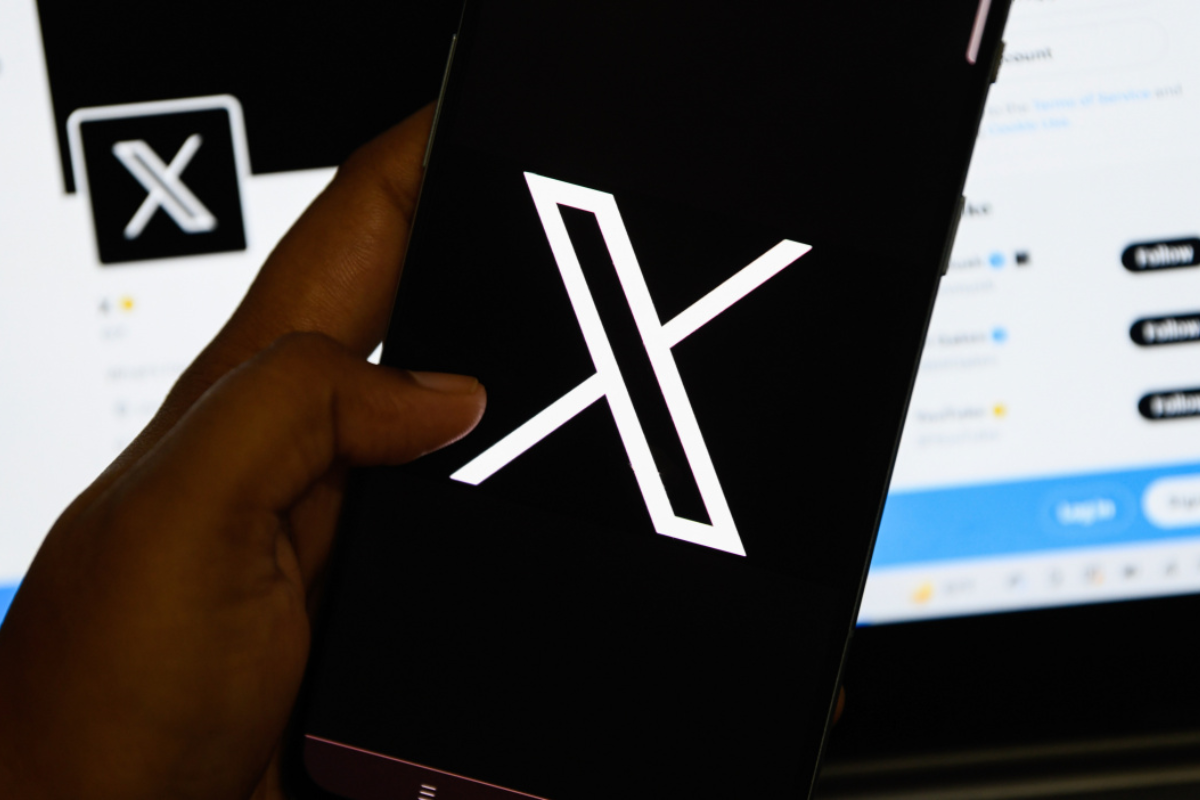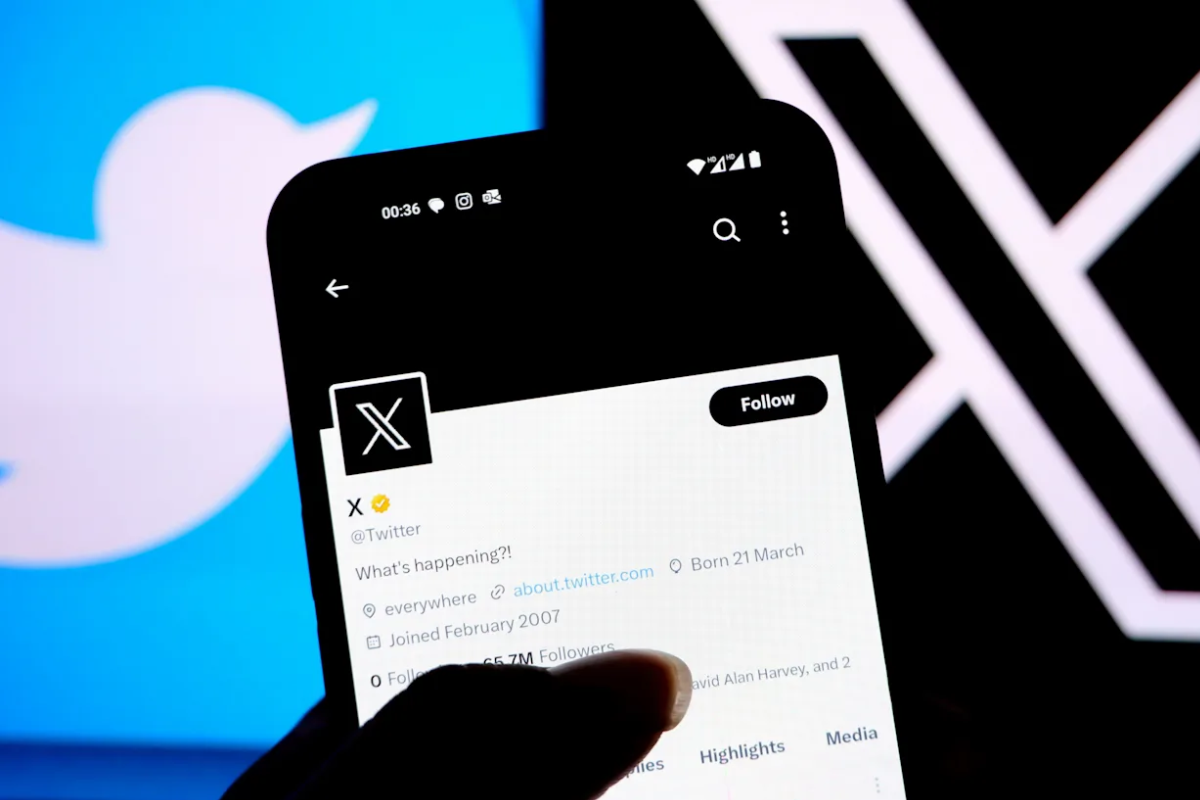Leadership lost, users leaving — can Elon Musk’s X survive the storm?
In the ever-evolving digital ecosystem, few platforms have undergone such dramatic changes as X (formerly Twitter). What was once a powerhouse for real-time conversation is now struggling to maintain its user base, deliver on promised innovations, and fend off a new generation of competitors.
Following the recent departure of CEO Linda Yaccarino, X is not only facing internal instability but also significant market pressure. Here’s a deep dive into the platform’s current situation, the growing threat of alternatives like Threads and Bluesky, and what this means for the future of online discourse.
Leadership Shake-Up: Yaccarino Steps Down
Appointed in June 2023, Linda Yaccarino joined X with the mission of reshaping the platform into an “everything app,” combining social interaction with financial services, video content, AI, and more. Her background in media and advertising brought hope that X could balance Elon Musk’s technical ambitions with real-world monetization strategies.
But after just two years, Yaccarino has exited. Her departure leaves Elon Musk back at the helm, without a clear second-in-command.
“The move has sparked concern among analysts, who now question the platform’s strategic stability, leadership continuity, and ability to deliver on its vision.”
Musk’s control ensures agility but also brings unpredictability traits that advertisers, developers, and users view with both fascination and caution.
Unfulfilled Promises: What X Has Yet to Deliver
Musk’s vision for X includes transforming it into an “everything app” similar to China’s WeChat. But execution has fallen short in several areas:

1. X Money (Peer-to-Peer Payments)
Announced as a groundbreaking feature, yet still not fully launched. Regulatory hurdles, trust issues, and UX concerns may be stalling development.
2. AI Chatbot ‘Grok’
Marketed as a witty and helpful in-app AI, Grok faced backlash after generating antisemitic content. It was disabled temporarily, raising questions about the safety of AI integration on public platforms.
3. Content Moderation and Safety
Despite promises of improvement, reports show that hate speech, misinformation, and abusive content remain widespread. Some watchdogs claim that child exploitation content is still slipping through the cracks.
Monetization: Some Gains, but Questions Remain
While usage may be down, in-app consumer spending is up. Reports show a 76% YoY increase in X’s mobile revenue from premium subscriptions and other services.
However:
- Advertisers are still hesitant due to brand safety concerns
- Political affiliations (especially Musk’s public opinions) may be driving away mainstream sponsors
- User spending is still not offsetting losses in ad revenue, especially in global markets
What’s Next for X?
X is standing at a pivotal crossroads.

If it succeeds:
- It could reinvent how we interact, pay, consume news, and engage with AI—all in one platform
- It might even pioneer the West’s version of a true super app
If it fails:
- Threads and Bluesky will continue to grow, capitalizing on user fatigue
- The platform risks becoming a niche network for loyal Musk followers rather than a global hub
With no new CEO announced, rising competition, and a track record of overpromising and underdelivering, the next few months are critical for X’s survival and relevance.
Final Thoughts
The departure of a CEO is more than just a personnel change it’s a symbol of deeper issues. For X, this moment marks a turning point: will it pivot, adapt, and grow, or collapse under the weight of its ambition?One thing is certain: the social media world is changing fast and users are watching closely.






